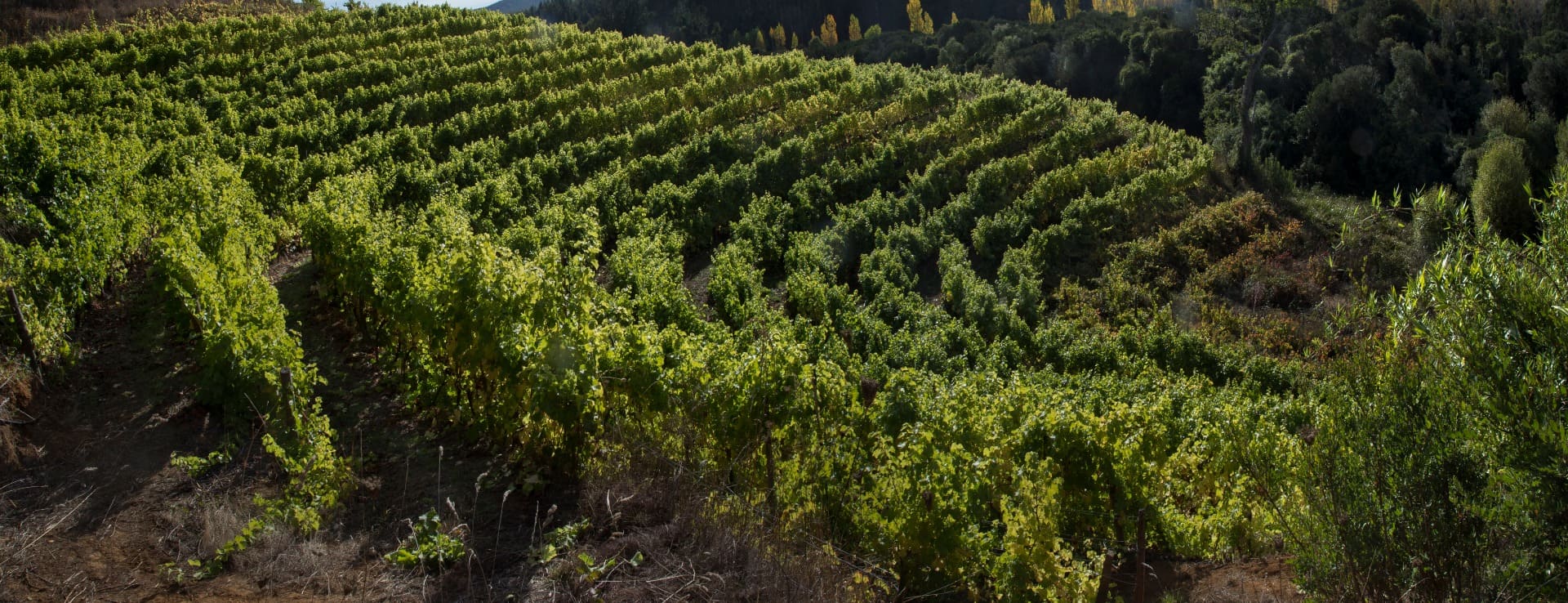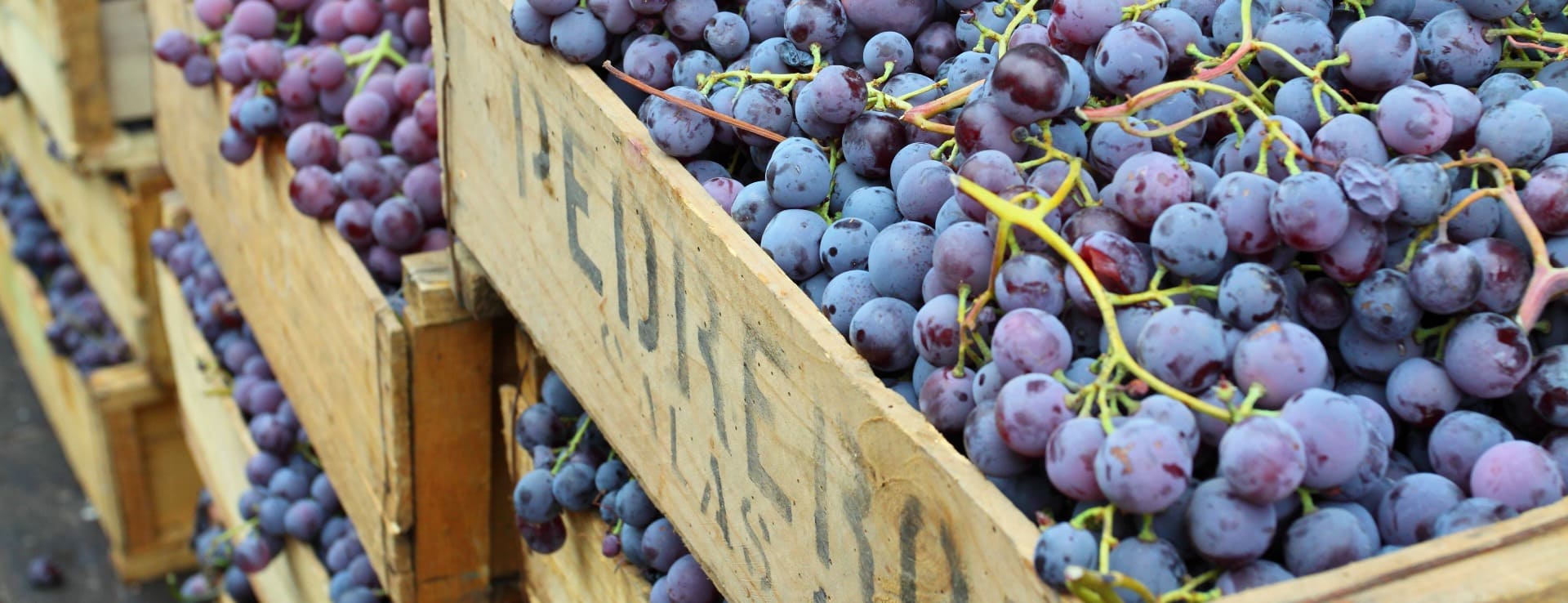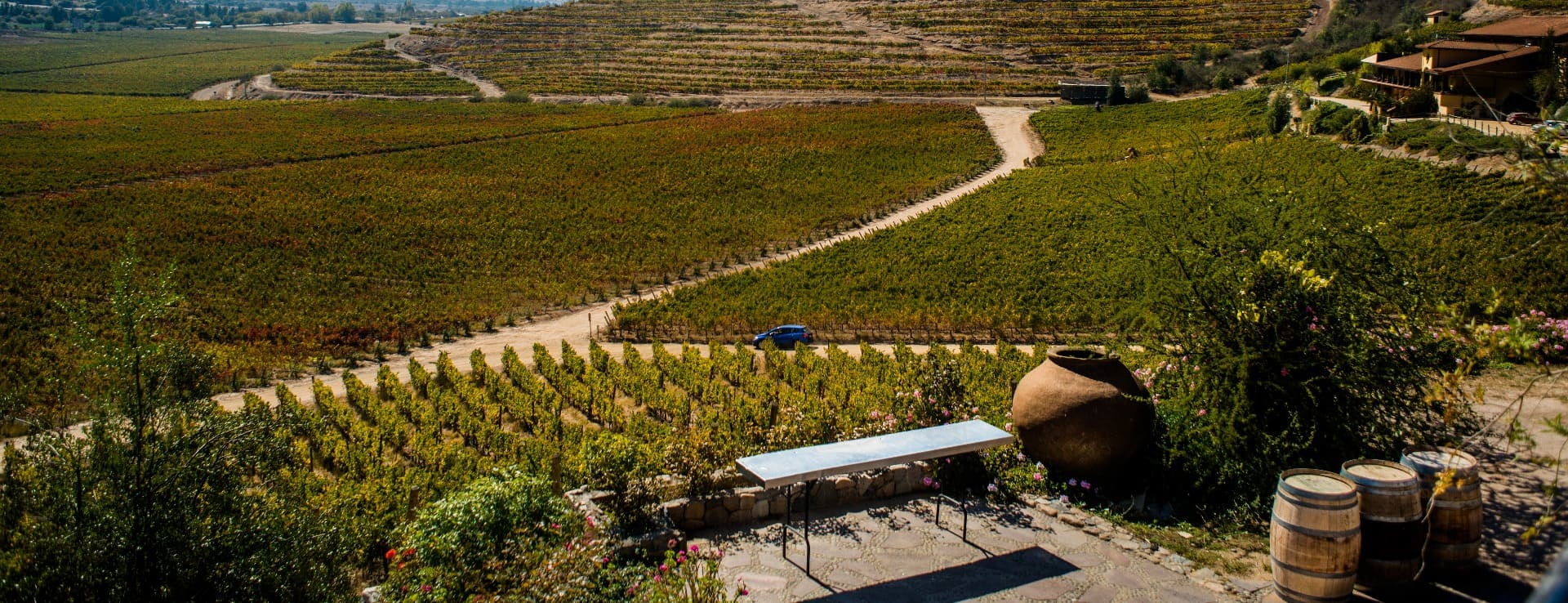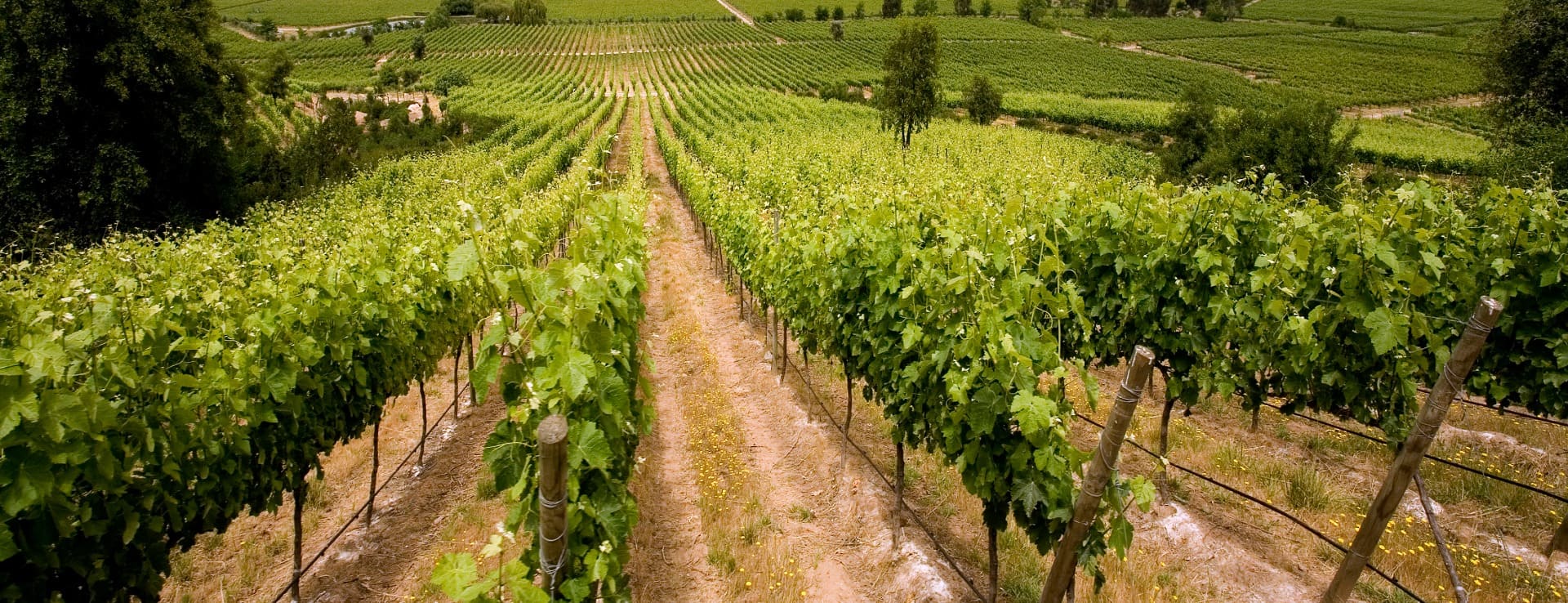Find your winery or vineyard
Infographic of the Denomination of Origin
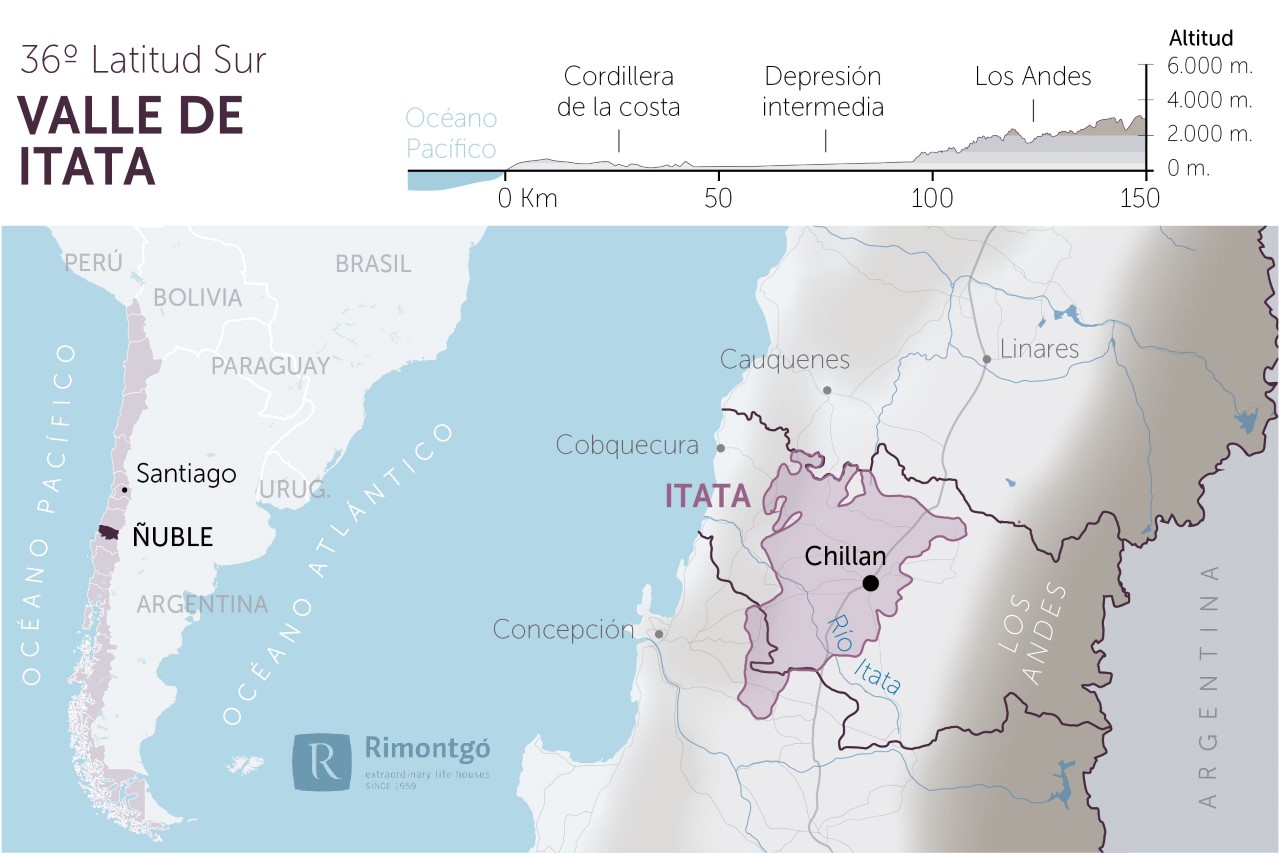
Change to imperial units (ft2, ac, °F)Change to international units (m2, h, °C)
Total surface area:
10.000 ha24.710 ac
Altitude of the vineyards:
Min: 200m
Max: 700m
Min: 656ft
Max: 2.297ft
Temperature:
Min: 6º
Max: 23º
Min: 43°F
Max: 73°F
Yearly rainfall:
1.107 l/m2103 l/ft2
Designation of Origin Valle del Itata
LOCATION AND HISTORY
The Itata Valley includes the wine areas of Chillán, Quillón, Portezuelo and Coelemu. It is one of the most antique wine areas of Chile located in the Ñuble region. Before the arrival of the Spanish conquerors it was inhabited by the Mapuches. In the Mapuche language, this valley means "abundant grazing". The Mapuches, in their continuous skirmishes with the conquerors, managed to stop their advance so that the cultivation of the vine was moved to areas located to the north of this valley. Previously, wine was produced in the valley and later taken to different parts of Chile, although the deep-rooting and expansion of cultivation in other regions and the introduction of vines from the Old Continent caused a decline in the importance of this valley on the Chilean wine map. In more current times we must point out the support of the government for the reactivation of the wine activity. This has allowed a higher quality product to be added to the traditional table wine, especially using the Chardonnay and Cabernet Sauvignon varieties, thanks to the extension of the surface area destined for vines by 1,000 hectares.
SOILS
The soils in the designation of origin Valle del Itata are sandy with abundant presence of mineral material. This is an added factor for the high productivity of the valley and very positive for the cultivation of traditional varieties of the area such as the País or Muscat. It is, as with other nearby valleys, an alluvial valley with strong sedimentation of volcanic origin. The vines located on the slopes of the Andes and Coastal Range are surrounded by forests, which shelter and protect them.
Much of Chile is covered with ash, volcanic sand and pumice, the product of pyroclastic activity. In general, the volcanic action is quite young. This explains why volcanic soils have formed and are beginning to be more noticeable on the surface.
The wine making activity in volcanic soil is developed in the semi humid and humid areas, basically on four types of soils: the red clay soils, the brown clay soils, and the wetlands such as the ñadis and trumao. This area includes the Itata and Biobío valleys, where volcanic deposits often share space with alluvial conditions, mainly contributed by the area's rivers such as the Laja, Mulchén and Biobío.
The soils of volcanic deposits, specifically of ashes, are characterized by their high concentrations of clays, porosity and organic matter. The other side in these areas is the climate, which with a significant increase in rainfall (1,000 meters above sea level) that is distributed evenly throughout the year, controls naturally from induction (cloudy days, little light) and flowering (with rain) the high production, and thus allows to achieve concentration at the level of the fruit.
CLIMATE
The climate in the designation of origin Valle del Itata is semi-humid Mediterranean, with abundant annual rainfall during the winter months and cool, windy days in the summer. Temperatures are lower than in the neighbouring designations of origin, which is one of the differentiating values in the DO Valle del Itata.
TYPE OF GRAPE
The typical varieties of this designation of origin are País and Muscat. However, in recent years, a strong commitment has been made for the introduction of other varieties such as Cabernet Sauvignon, Carménère, Merlot, Alicante Bouschet or Chardonnay. The wineries of this designation of origin have made an effort to regain strength the traditional varieties, as well as to produce high-quality wines via organic production.
Discover more wineries and vineyards for sale in these wine regions in Chile
Subscribe to our mailing list to receive news about wineries and vineyards.

